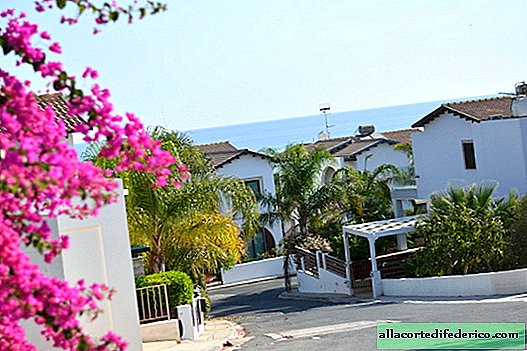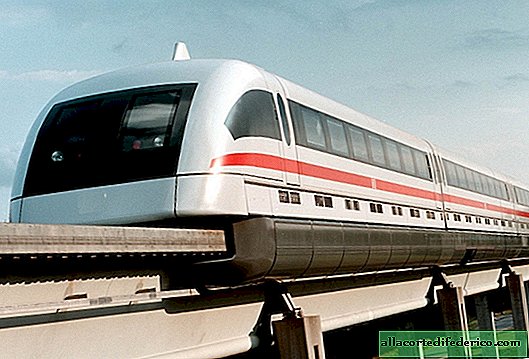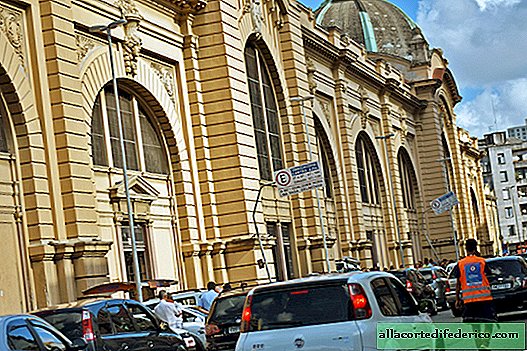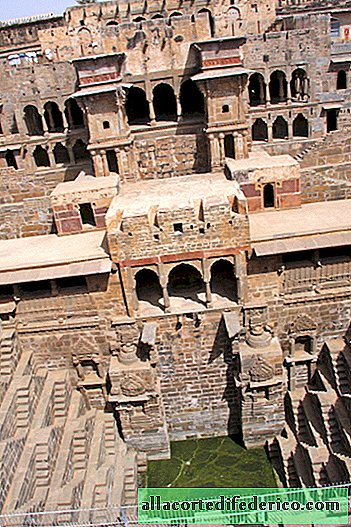English Channel: the longest underwater tunnel in the world that turned out to be unprofitable
The construction of a tunnel that would connect mainland Europe and the island of Great Britain dreamed at the beginning of the XIX century. But to realize the grandiose plan to build the world's longest underwater railway tunnel was possible only in 1994. But, strange as it may seem, the joy of the construction of its creators quickly gave way to financial disappointment: the tunnel brought only losses.
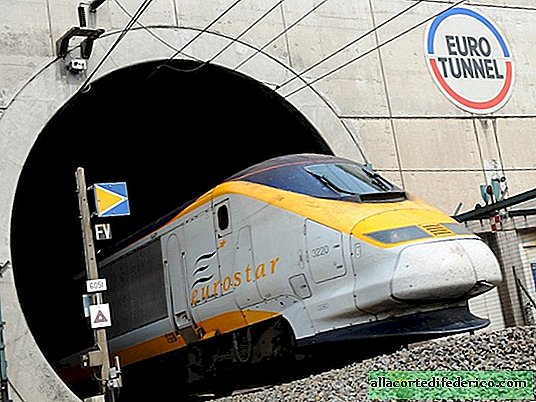
The project to build a railway tunnel under the English Channel, or the Eurotunnel, as it is also called, started in 1973. But due to lack of funding, direct construction began only in 1987. The idea was unique in terms of the complexity of the design itself and the technical implementation of underwater drilling.

Drilling of passages was carried out simultaneously from two coasts: British and French. The diameter of the central tunnel, which is intended for the maintenance of the line, is 4.8 m, and the diameters of the main lines where the railways pass are 7.6 m. All the walls of the tunnels are reinforced with concrete 45 cm thick. The service tunnel is connected to the main tracks by regular crossings every 370 meters.

The tunnel route was laid using high-precision satellite equipment, and the drilling direction was set using a laser beam. Nevertheless, when the French and British builders met, it turned out that the error was about 30 centimeters in the horizontal direction, and the vertical deviations were insignificant.

In May 1994, the Eurotunnel was inaugurated, and the British Queen Elizabeth II and French President Francois Mitterrand personally attended the celebration. Passenger and freight trains, as well as shuttle trains carrying trucks and cars, go through the Channel Tunnel that connected French Calais with British Folkstone. The length of the tunnel is 50.5 kilometers, and 39 kilometers of track are located directly under water. Trains cross the English Channel in 20-35 minutes (depending on the brand of train) at an average speed of 160 km / h.

But, despite the importance of the Eurotunnel and its obvious need, the grandiose Franco-British project turned out to be unprofitable. This was influenced by the policy of reducing prices by alternative carriers, which was carried out immediately after the opening of the tunnel, and emergency situations that repeatedly occurred underground. And although the company operating the tunnel periodically announces annual profits, it does not bring stable income to its owners.



